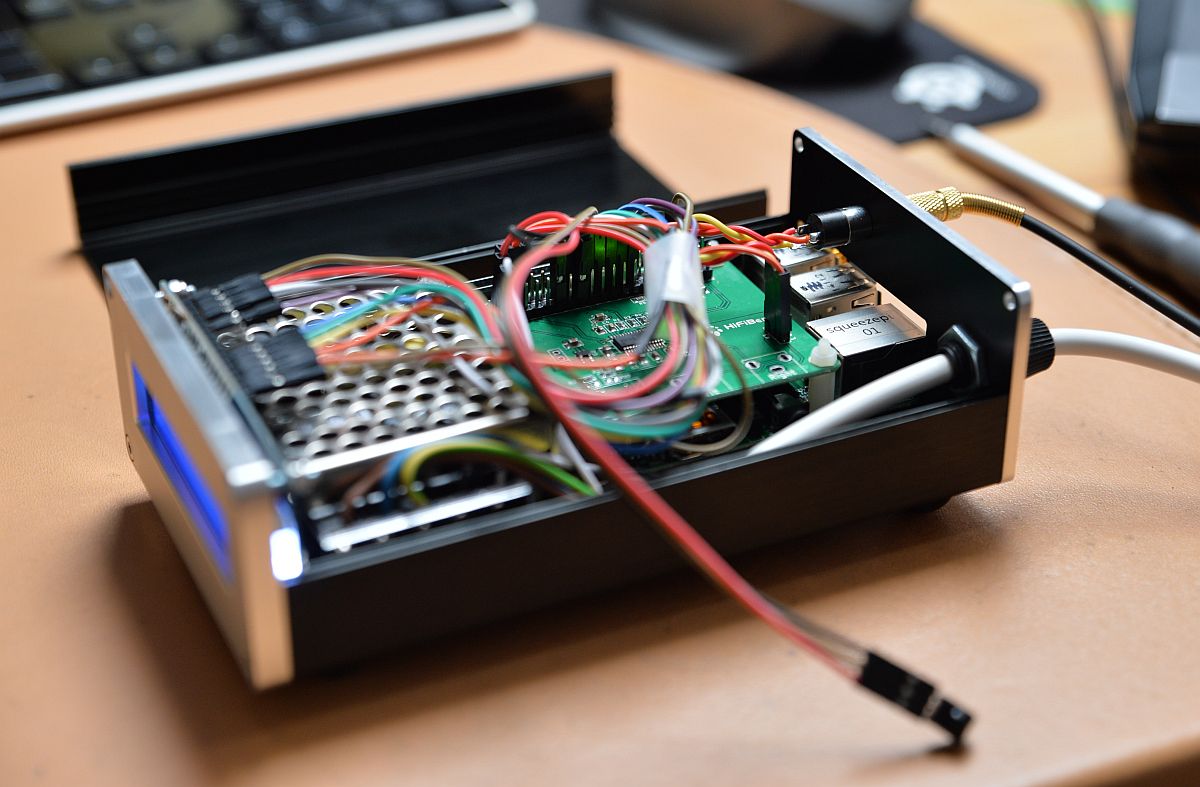

Once you're logged in to the Windows Home Server console, click Shared Folders. Open the Windows Home Server Console and log in to Windows Home Server (see your Windows Home Server documentation for help). Get the latest version of Logitech Media Server for Windows Home Server from the Downloads page. Music, video, and picture content can be accessed through Logitech Revue. NOTE: Squeezebox players only support music streaming. If you don't already have a MySqueezebox.Com account, go to to create one.Ĭlick Apply to confirm the settings, and then OK to close the Control Panel. This way, you can access any music-service-based Apps you've subscribed to from Logitech Media Server. On the Account tab, you can enter your MySqueezebox.Com credentials. This means Logitech Media Server will create your music database from your iTunes database. Opt to Use iTunes by selecting this check box.Your Windows Music, Videos, and Pictures folders will be entered here initially. In the Logitech Media Server Control Panel, click the Library tab. Next, you'll need to configure Logitech Media Server to find your media and sync to your MySqueezebox.Com account. The Logitech Media Server Control Panel will appear. Run the downloaded file and follow the onscreen instructions. It is, indeed, a rich and complicated field, in all its aspects.Get the latest version of Logitech Media Server from the Downloads page. Virtual reality systems seem to have waxed and waned, and waxed again. Haptic feedback has evolved from "simple" force-feedback to encompass audio, tactile, and visual signaling. Authenticating handwritten signatures has evolved to additional forms of dynamic biometrics. Command user interfaces have merged with direct manipulation, and then with graphical user interfaces and virtual reality. Earlier work on handwriting recognition, with handwritten symbols sometimes used for command input as "gestures", has evolved to be part of a much broader range of gestures, including in-air and 3D gestures. Likewise, there are no real lines between haptics for touchscreens, haptics for instrumentation, and biometric feedback. For example, there are no real lines between touch sensing for robotics, touch and contact sensing for user human input, fingerprint sensors, and touch and proximity sensing in general. Tablets and touchscreens have evolved into a variety of pointing devices, into PDAs and smart-phones, locating and gesturing sensors with three-dimensional input with six degrees of freedom, and more. As with any subject, the focus has modulated over the decades, and this bibliography follows these topics both forward in time, and historically back in time. It covers the time period from approximately 1887 / 1891 (first electronic tablets with "touch" input and a display), through 1914 (first electronic gesture/handwriting-recognition input and user-interface system), to the first handwriting-recognition tablet device connected to a modern electronic computer in 1957 (the "Stylator") and the more famous Rand Tablet (1961), to the present day. It may also be of special interest to anyone investigating any of the areas of digitizer tablets, touchscreens, character recognition, touch/gesture user interfaces, multi-touch computing, passive and active tactile feedback, touch and proximity sensors, augmented reality, haptics, contextdependent intrepretation of user input, and applications including the same. I am posting it as a service to those with interest in the field. It includes references on related technical topics I have encountered in my career: for example PDAs/highly-portable computing, cryptographic communications, signature verification, biometric authentication, and digital rights management (DRM). It has been a continuing work-in-progress since the 1980s. pen and touch computing), both hardware and software.

This posting is an annotated bibliography focused broadly on touchscreen and gesture user interfaces, on-line character recognition (a.k.a.


 0 kommentar(er)
0 kommentar(er)
